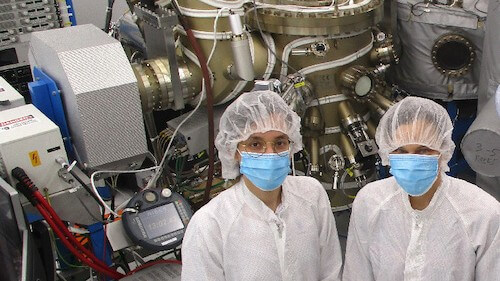In a recent experiment at Rice University, a special material known for its quantum properties surprised researchers with its unexpected behavior. Published in Science, the study provides the first solid evidence that electricity moves through “strange metals” in a unique way that doesn’t fit the usual understanding of how electric charge flows in materials.
This discovery challenges the conventional idea that tiny particles called quasiparticles are responsible for carrying electrical charge in metals. These experiments suggest that the charge in these unusual metals might not rely on these conventional particles, opening up new questions about how electricity moves in such materials.
The study focused on a specific material called ytterbium, rhodium, and silicon (YbRh2Si2), known for its strange behavior at very low temperatures. This material behaves differently compared to common metals like silver or gold. Researchers found that when it comes to conducting electricity, these “strange metals” do not follow the usual rules.
Douglas Natelson, a researcher at Rice University and one of the study’s authors, noted that the experiments showed significantly reduced electrical noise compared to what is typically seen in regular wires. This suggests that the traditional way of thinking about electrical charge movement might not apply in these special materials.
To conduct these experiments, researchers had to create extremely thin films of the material, nearly 5,000 times narrower than a human hair. They then crafted tiny wires from these films to perform precise measurements.
The study’s lead theorist, Qimiao Si from Rice University, mentioned that these findings align with a theory he proposed in 2001 about the behavior of materials at quantum criticality. This theory suggests that the electrons in these materials behave in a way that doesn’t fit the idea of quasiparticles carrying electrical charge.
The research team believes these discoveries might extend to other materials showing similar strange metal behavior. This opens up new possibilities for understanding the behavior of materials at the quantum level and how electricity moves in various substances.
The study was supported by several organizations including the Department of Energy, the National Science Foundation, and the European Research Council, among others.


